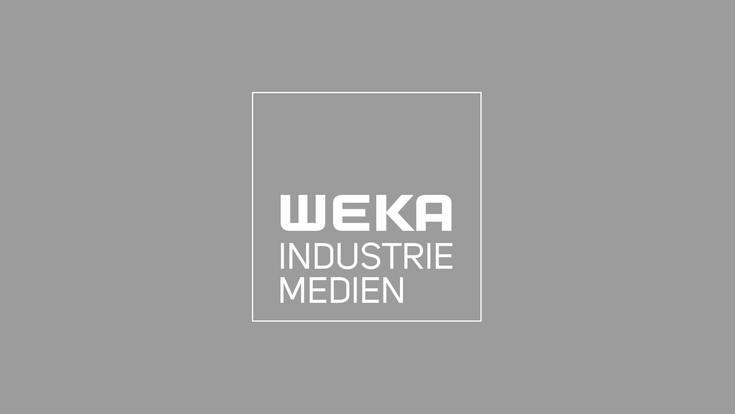4700 tonnes of Radioactive Turned to Glass in First Two Decades of Operation : South Carolina Nuclear Waste Processing Plant Nearly Halfway to Goal

Since entering service 13 years ago ‘Melter 2’ at the Defense Waste Processing Facility (DWPF) on the Savannah River Site (SRS), a nuclear reservation in South Carolina, has turned some 10.4 million pounds (4700 metric tonnes) of radioactive waste into glass.
SRS explained that 20 years ago it converted the first high-level waste into glass at the DWPF, the nation’s only operating vitrification facility. For the first seven years of operation ‘Melter 1’ poured about 5.2 million pounds (2350 tonnes ) of glass during its sevenyear run at the facility.
Melter 2 is a 65 ton (59 tonne) capacity teapot-shaped vessel that treats high-level radioactive waste being stored in SRS waste tanks by blending it with a borosilicate frit to form a molten glass mixture.
The organisation, which is owned by the DOE, said that the mixture is then poured into stainless steel canisters, which are decontaminated and stored on-site until a permanent storage facility is identified. Thus far Melter 2 has poured 2678 canisters compared to the 1339 canisters poured by Melter 1.
In total, DWPF has poured nearly 16 million pounds of molten glass since 1996. The predicted number of canisters needed to dispose of SRS’ current high-level waste inventory is 8210.
SRS said that some of the reasons for the increased time Melter 2 has been operational include:
Fitting the pour spout with an improved insert used from the beginning of this melter’s operation ensures glass waste doesn’t cause the melter’s pour spout to erode
Heating the internal area where the glass flows into a canister to ensure it does not stick to the melter pour spout area
Adjusting electrical current to the electrode heaters inside the melter to increase its heating capacity and to prevent a failed heating component from negatively impacting waste glass production
Installing agitation bubblers that are used to improve the heat distribution in the waste glass pool in the melter to achieve a better pour rate.
Jim Folk, DOE-Savannah River assistant manager for waste disposition said that canister production continues to be a high priority for SRS’s liquid waste program.
“Since beginning operations, DWPF has immobilised more than 58 million curies of radioactivity,” he commented. “DOE continues to ensure that waste is removed from the tanks further reducing the risk posed by this high-level waste.”
Mark Schmitz, Acting SRR president and project manager added: “Our workers safely disposition some of the most hazardous waste in the country. They are always looking for better and safer methods to meet the liquid waste mission at the Site in a way that exceeds expectations.”
Savannah River Remediation (SRR), which was awarded the contract for the Liquid Waste Operations of SRS said that it keeps one melter in storage in case the working melter needs to be replaced. Currently, Melter 3 is waiting in storage and is ready when needed.
Read More
DOE Settles Nuclear Waste Incident Claims New Mexico Environment Department
Two agreements to resolve claims against the Department of Energy (DOE) and its contractors related to the February 2014 incidents at the Waste Isolation Pilot Plant (WIPP) in Carlsbad and the associated activities at Los Alamos National Laboratory (LANL) by The New Mexico Environment Department, the U.S. Department of Energy.
New DOE Nuclear Waste Strategy 'Flawed'
U.S. think tank, The Heritage Foundation has criticised the DOE's recently published 'Strategy for the Management and Disposal of Used Nuclear Fuel and High-level Radioactive Waste'.
Nuclear waste partnership signed for Hanford continued decommissioning, US
Nuclear energy company Areva has partnered with nuclear and hazardous waste management company Kurion for the decommissioning and remediation of the U.S. Department of Energy (DOE) complex...

